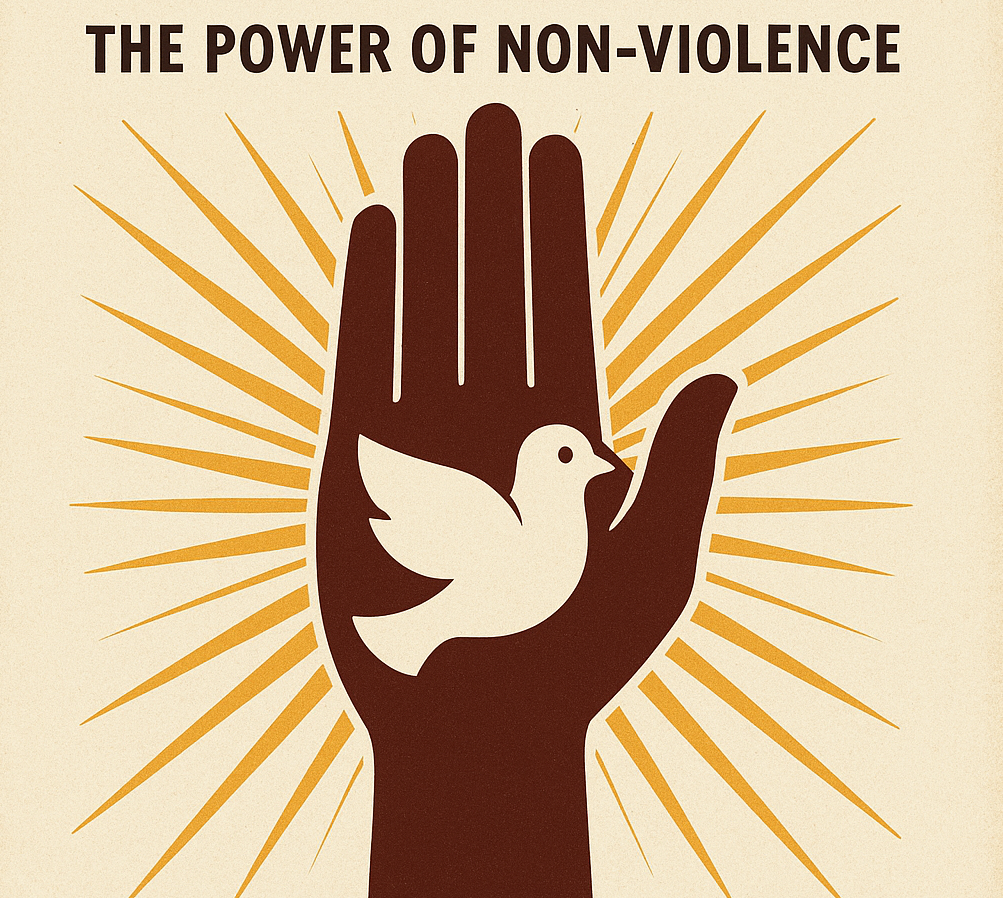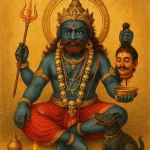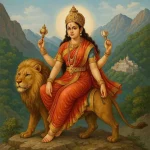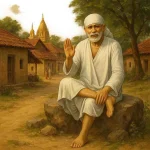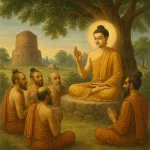Ahimsa – The Power of Non-Violence
In a world that often celebrates power through dominance, Ahimsa stands as the quiet yet strongest force humanity has ever known. The Sanskrit word Ahimsa literally means “non-injury” or “non-violence.” It is derived from the root ‘Hims’, meaning “to harm” or “to hurt,” with the prefix ‘A’ turning it into its opposite — “not to harm.” But Ahimsa is not simply the absence of physical violence; it is the active presence of love, empathy, and respect for all living beings.
The Spiritual Foundation of Ahimsa
Ahimsa is one of the oldest and most profound moral principles known to humankind. It forms the core of Hinduism, Buddhism, Jainism, and later influenced Sikhism and Gandhian philosophy. In the Upanishads, Ahimsa is described as a divine virtue that leads to self-purification and realization of the Self (Atman). The Mahabharata proclaims, “Ahimsa Paramo Dharma” — Non-violence is the highest duty. Lord Mahavira, the 24th Tirthankara of Jainism, made Ahimsa the foundation of spiritual practice. For Jains, it extends even to avoiding harm to insects, water, fire, and air. Similarly, Gautama Buddha taught that true enlightenment cannot come to one whose heart harbors violence. For Hindus, Ahimsa is the essence of Dharma (righteous living) — not to injure others in thought, word, or deed. This holistic view of non-violence emphasizes not only physical restraint but also purity of mind and heart.
Ahimsa in Action – Gandhi’s Revolution of the Heart
In modern history, Mahatma Gandhi transformed Ahimsa from a personal virtue into a global instrument of change. For Gandhi, Ahimsa was not passive resistance but “the highest form of active courage.” He defined it as “the weapon of the strong,” meaning that only those who have conquered fear and hatred can truly practice non-violence.
Through his Satyagraha (truth-force) movement, Gandhi demonstrated that non-violence could overcome even the most oppressive systems. His philosophy inspired civil rights movements worldwide — from Martin Luther King Jr. in America to Nelson Mandela in South Africa. Ahimsa became more than a moral principle; it became a tool for social justice and human rights. It proved that true power does not come from weapons or armies, but from the courage to love even one’s enemy.
Ahimsa and Human Rights
At its core, Ahimsa is the spiritual foundation of human rights. Wherever there is violence, there is a denial of dignity — and wherever Ahimsa is practiced, human dignity thrives. The Universal Declaration of Human Rights (1948) echoes the same spirit that ancient Indian philosophy taught millennia ago — that every person, regardless of race, religion, or status, deserves life, liberty, and respect. Ahimsa calls us to recognize this divine equality. It teaches that harming another is, in truth, harming oneself — for all beings are interlinked in the same web of life. When society upholds non-violence, it automatically upholds justice, compassion, and freedom.
In the modern world, where hatred and intolerance are often justified in the name of politics or religion, Ahimsa reminds us that no ideology is higher than humanity itself.
The Inner Dimension of Non-Violence
True Ahimsa begins not in the battlefield, but in the mind. Anger, jealousy, greed, and prejudice are subtle forms of violence that destroy peace within before they destroy peace outside. By cultivating forgiveness, empathy, and self-control, a person becomes truly non-violent — not only toward others but toward oneself. Even our words can cause harm. Gossip, harsh criticism, or hateful speech are forms of verbal violence. Practicing Ahimsa in speech means using words that heal, uplift, and unite rather than divide.
Ahimsa also extends to our relationship with nature. Environmental destruction, animal cruelty, and exploitation of resources are modern violations of non-violence.
To live with Ahimsa is to live sustainably — respecting every form of life as sacred.
The Power of Ahimsa in the Modern World
In today’s age of social media outrage, war, and growing polarization, Ahimsa is not outdated — it is more relevant than ever. It challenges us to rise above hate with understanding, above revenge with forgiveness, and above fear with love. Ahimsa is not weakness; it is the highest expression of strength — a power born from wisdom and compassion. When practiced collectively, it has the capacity to transform nations. When practiced individually, it transforms the soul.
As Gandhi said, “Non-violence is the greatest force at the disposal of mankind.”
It is the light that can guide humanity toward peace, justice, and spiritual awakening.
Ahimsa is not merely a philosophy — it is a way of life, a human right, and a spiritual responsibility. It teaches that every life is precious, every being deserves respect, and peace begins with one’s own heart. If the world truly wishes to achieve lasting harmony, it must return to the path of Ahimsa —
for only through non-violence can we rediscover what it means to be truly human.
~Religion World Bureau

